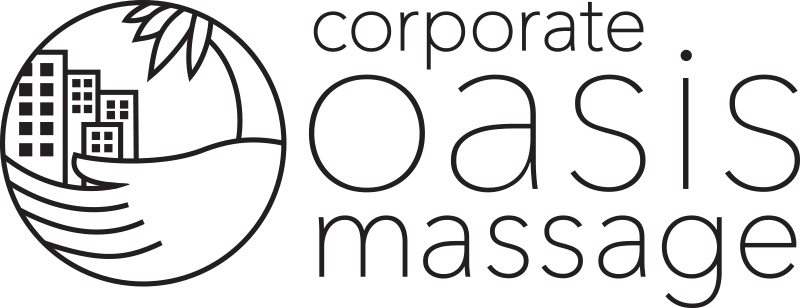Statistics from the CDC say that on average, workers suffering from Carpal Tunnel Syndrome spend 25 days away from work compared to the 6-day average for other non-fatal injury and illness related days off. More than a third of sufferers need continuous medical treatment. So as it affects more than 1.9 million people, that’s a lot of days off of work.
So is there anything we can do to cut down on those days off and keep our employees healthy? First, we have to understand what carpal tunnel syndrome is in order to prevent it.
What is Carpal Tunnel?
Carpal Tunnel Syndrome (most commonly referred to as just carpal tunnel) is an inflammation of nerves on the inside the carpel tunnel cavity of the wrist. Most often, it’s connected to repeated and frequent movements and strains. For example, if you perform most of your daily tasks at a computer or work shifts on an assembly line, making the same repetitive motions, carpal tunnel syndrome can be a very real result.
Symptoms often include:
- Numbness and tingling in the hand, wrist, or forearm
- Trouble holding onto or carrying things
- Worsened pain in the evening with the possibility of interrupting sleep
However, carpal tunnel is often confused with Thoracic Outlet Syndrome. Both have the same symptoms in the hand, wrist, and forearm, but with Thoracic Outlet Syndrome, the cause is located in the neck or shoulder area. But regardless of which condition you have, your healthcare provider or therapist should be able to treat both.
Carpal Tunnel Treatment
To fix carpal tunnel, you have to relieve pressure on the affected nerves. And there are a couple of standard options for that:
Wrist splints
The wrist is stabilized to alleviate the pressure on the nerves and tendons, which should help reduce the inflammation. Unfortunately, wrist splints won’t do anything to stretch out or loosen the muscles, which is often where the problem originated. But it is usually the most inexpensive option.
Surgery
While this is the most intrusive and expensive option, it’s also the one with the lowest success rate. During surgery, the connective tissue which holds the tendons and nerves inside the carpal tunnel is cut away. And while the relief may be nearly instant, the operation does not address the source of the problem: the inflamed muscles and tendons. So it’s not unlikely for the issue to represent itself in the future, anywhere from a day after surgery to six years later.
Massage and Carpal Tunnel
Massage therapy for carpal tunnel is a third treatment option. Not only is it the most non-invasive form of treatment, but it’s also the most cost-effective with long-term impact.
The idea is to reduce the inflamed muscles, pain, and any numbness through softening and lengthening. Your therapist will get deep into the tissue of the hand, wrist, arm, and shoulder to help break down adhesions and tension as well to loosen up the shoulder rotation.
You can experience relief after just one session, but for alleviation longevity, you’ll want to complete at least four to six sessions. The number of visits depends on the severity of your symptoms.
And of course, just because you start to feel relief does not mean you’re cured. So it’s essential to follow through on your appointments, the advice of your therapist, and checking in with your family practitioner.
Prevention
Carpal Tunnel Syndrome is the result of poor posture and repetition. A few small changes to your routine can help to prevent the pain and irritation that affects your nerves:
- Every 30 minutes, change up your wrist position.
- Watch your posture and work on not slouching – it puts strain on the neck and shoulders, which then affects the wrists.
- Stop to stretch several times each day – try shoulder shrugs, pectoral stretches, and even massaging your own arms and wrists.
- Use hands equally instead of letting one hand do a majority of the work.
- Make sure your forearms stay level with your keyboard as you type, and try not to bend your wrists too much.
- If you start to feel the beginning symptoms of carpal tunnel syndrome, wear a wrist brace while you type to relieve the pressure on your nerves.
- Add monthly massages to your routine to take care of any neck and shoulder pain before it starts affecting your hands and wrists.
The best way to stop the number of days your employees need to take off for carpal tunnel related pain and surgeries is to prevent it in the first place. A great way to do that is to offer a monthly on-site massage for all your employees. And Corporate Oasis Massage can help! Give us a call to discuss the details.

